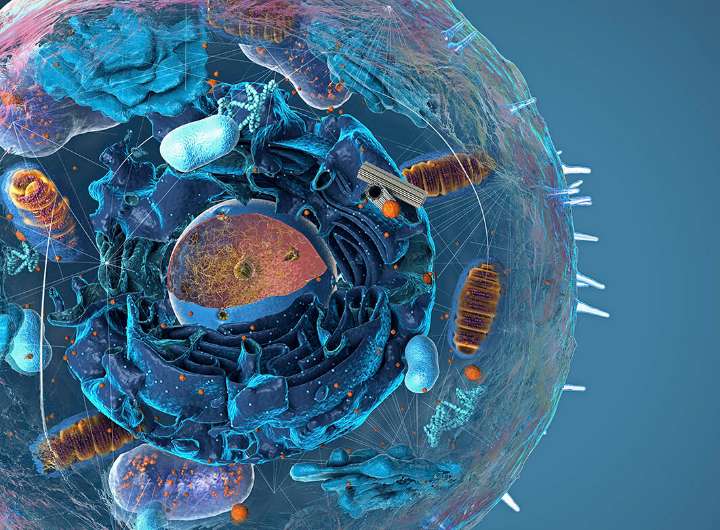The field of omics—genomics, transcriptomics, proteomics, and other features of molecular biology—started out slowly, but then advanced rapidly. In 1965, the late American chemist and Nobel laureate Robert Holley, PhD, then of Cornell University, sequenced a transfer RNA. Subsequently, in 1972, the late Belgian molecular biologist Walter Fiers, PhD, sequenced the first complete gene, which was from a bacteriophage. Just 31 years later, in 2003, an international team of scientists published the Human Genome Project. Today, scientists can study a collection of omics data and grab all of the information from a single cell at once—sometimes even locating specific molecules.
Still, “single-cell work is challenging on all fronts,” said Vanee Pho-Conners, PhD, Mission Bio’s vice president of glo

 Inside Precision Medicine
Inside Precision Medicine

 IMDb Movies
IMDb Movies America News
America News Mediaite
Mediaite KALB-TV Sports
KALB-TV Sports